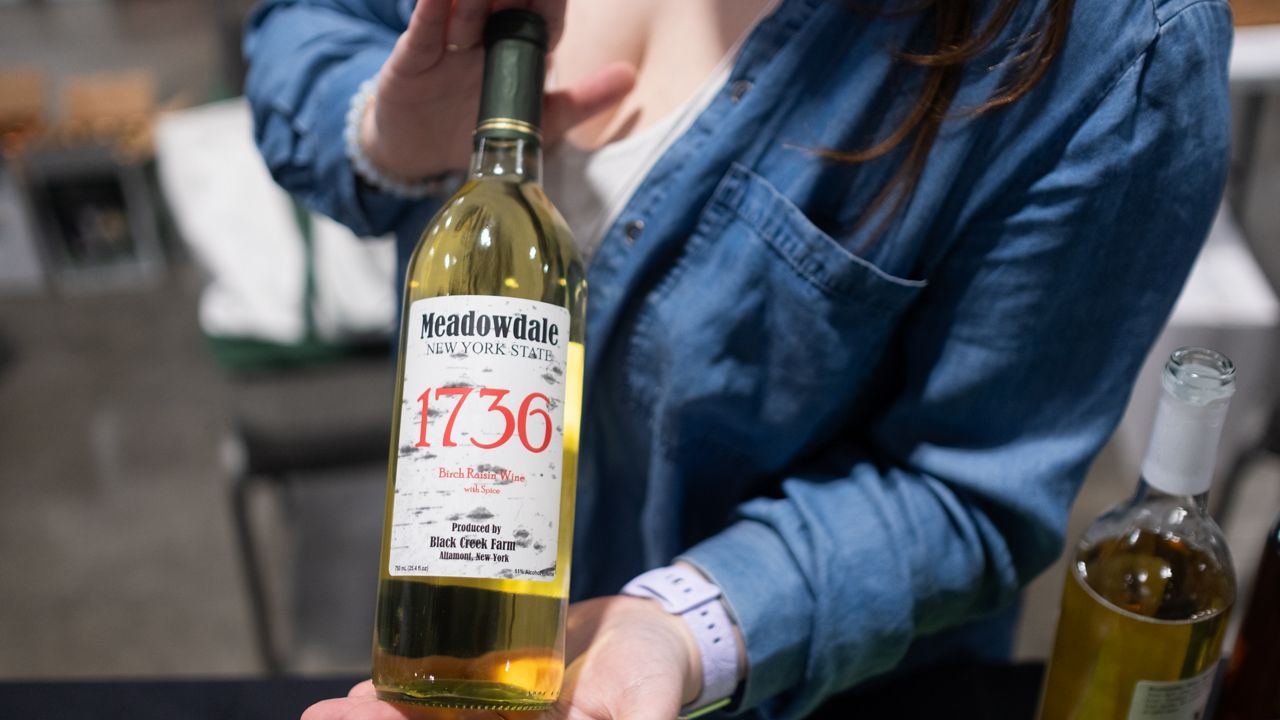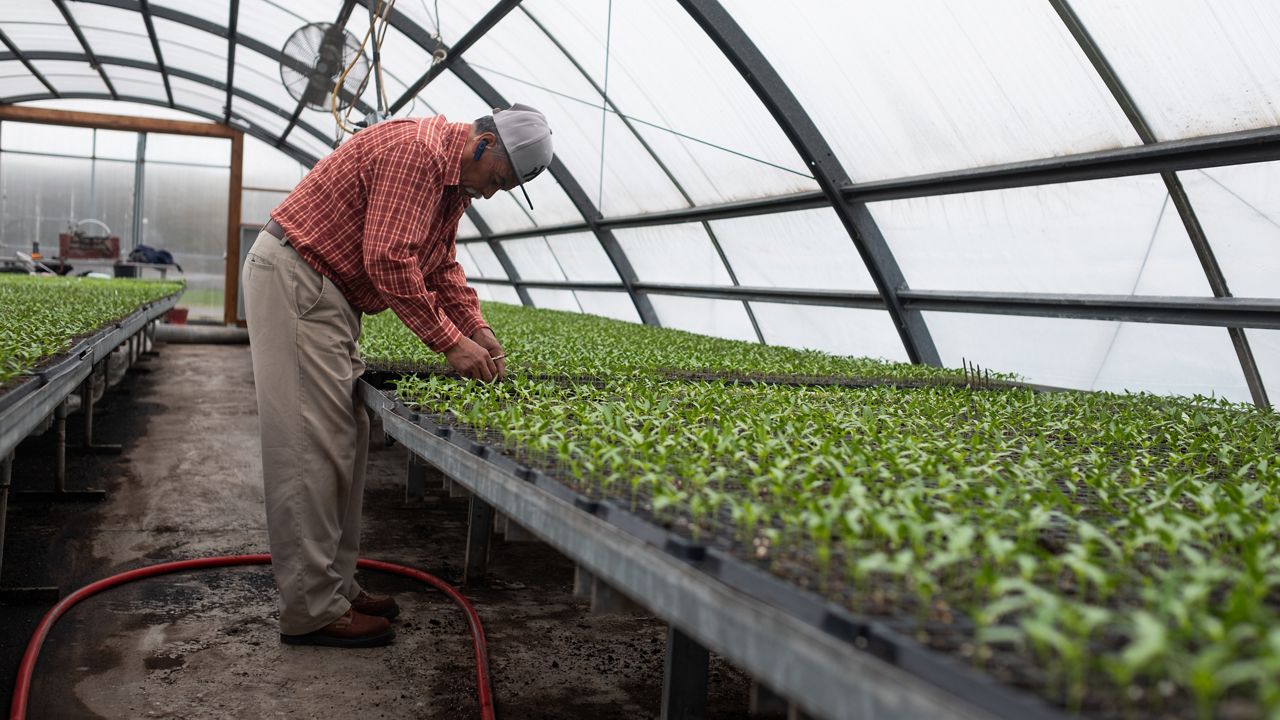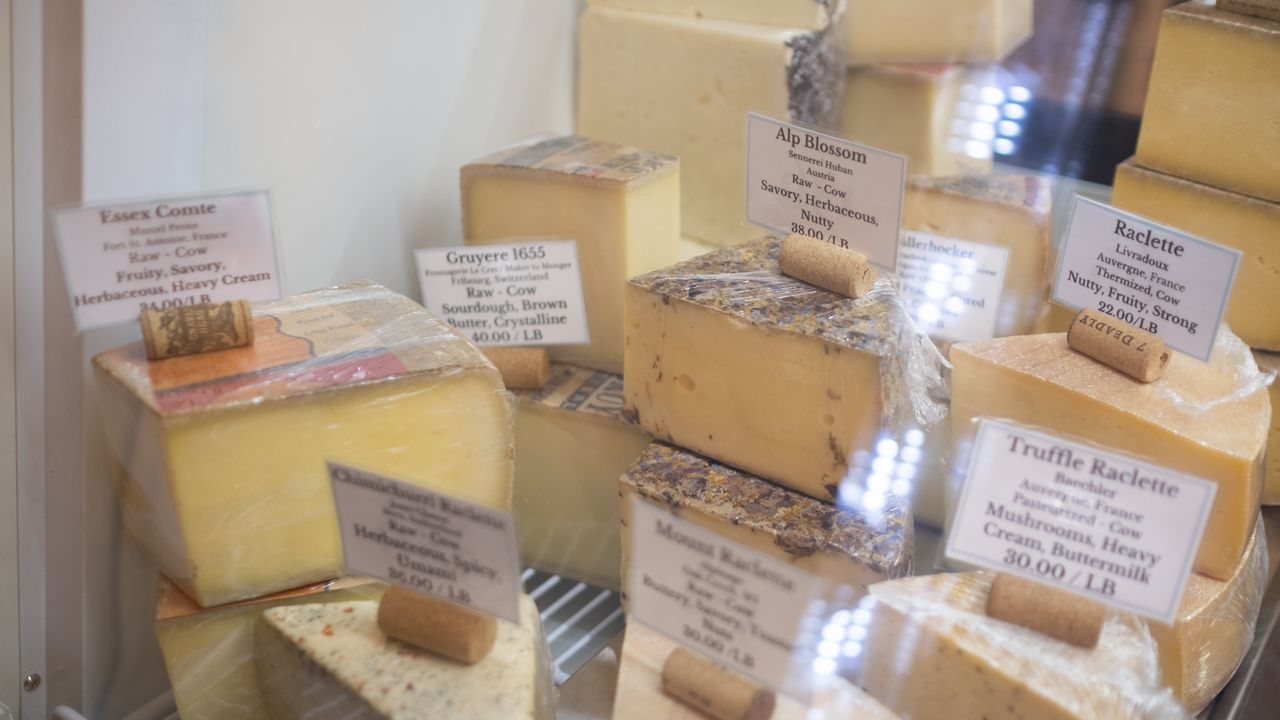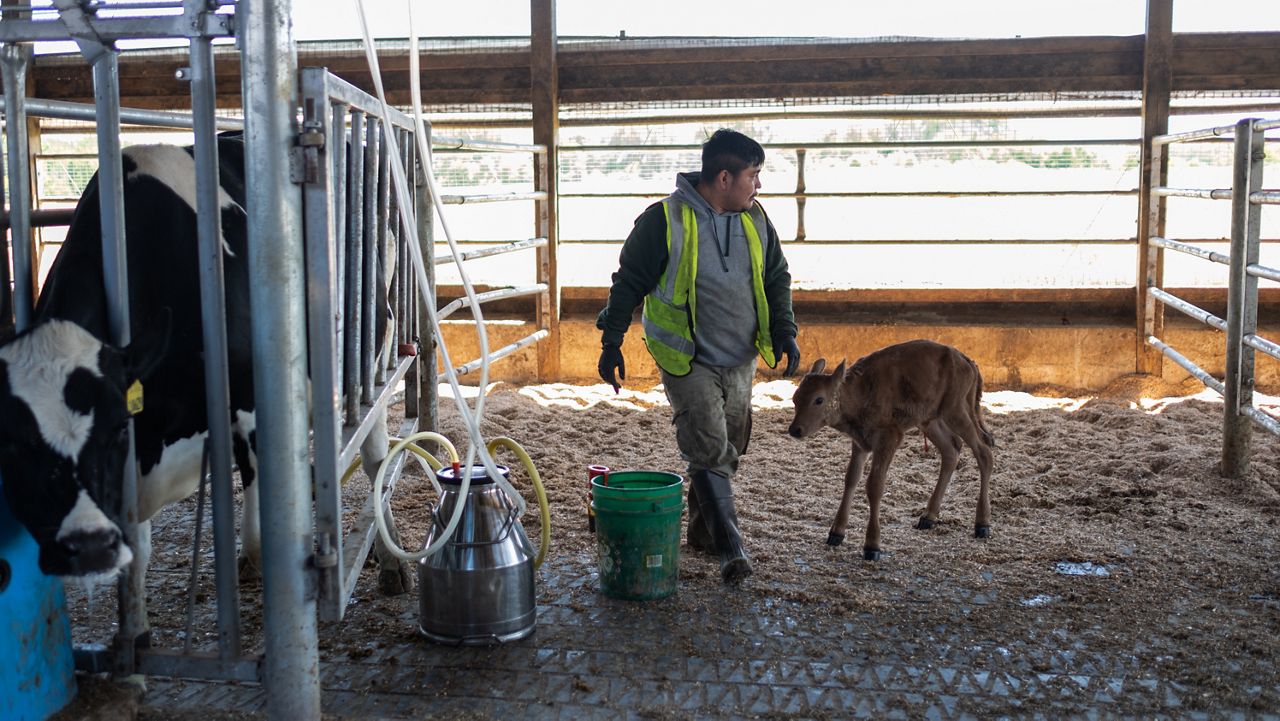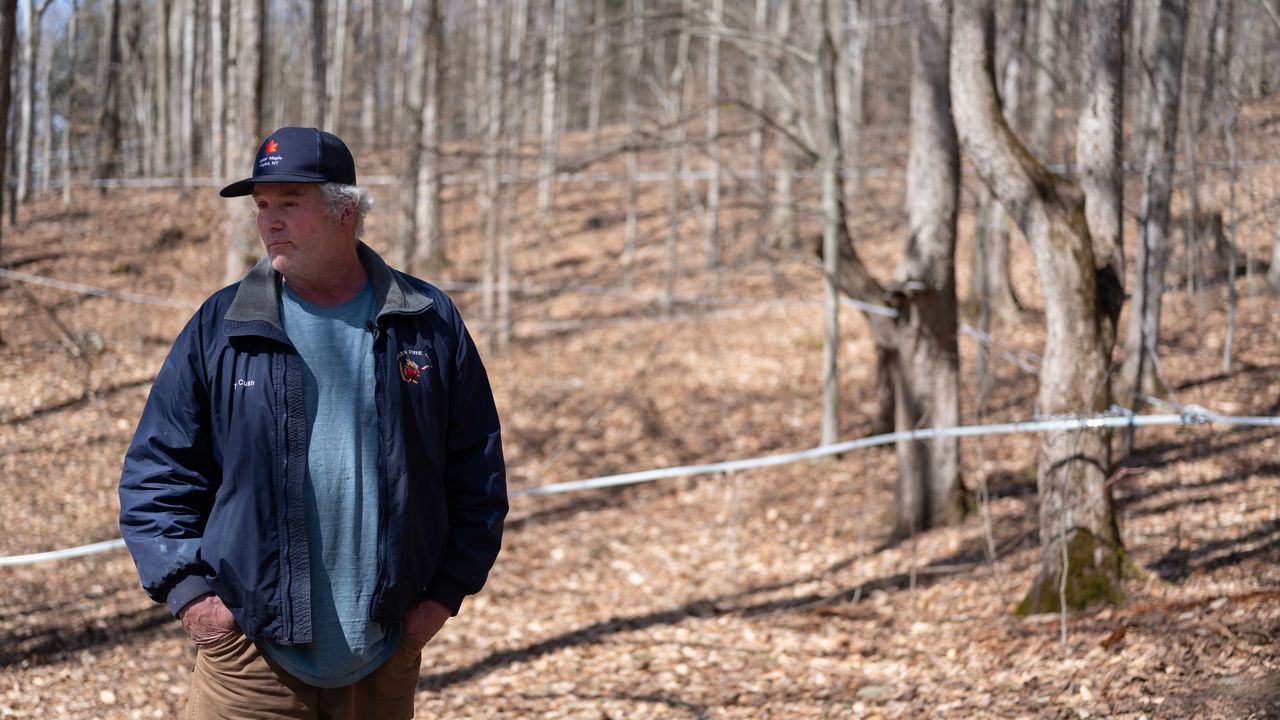Thought to be the only one of its kind in the country, a winemaker in Voorheesville is using a centuries-old recipe for wine made from the sap of birch trees.
New York is known today for its production of grapes and apples, however, that wasn’t always the case. John Sheehan, owner of Meadowdale Winery, said the state’s first settlers in the 1700s would make wine from birch trees.
First lady Martha Washington was even said to make the refreshing beverage.
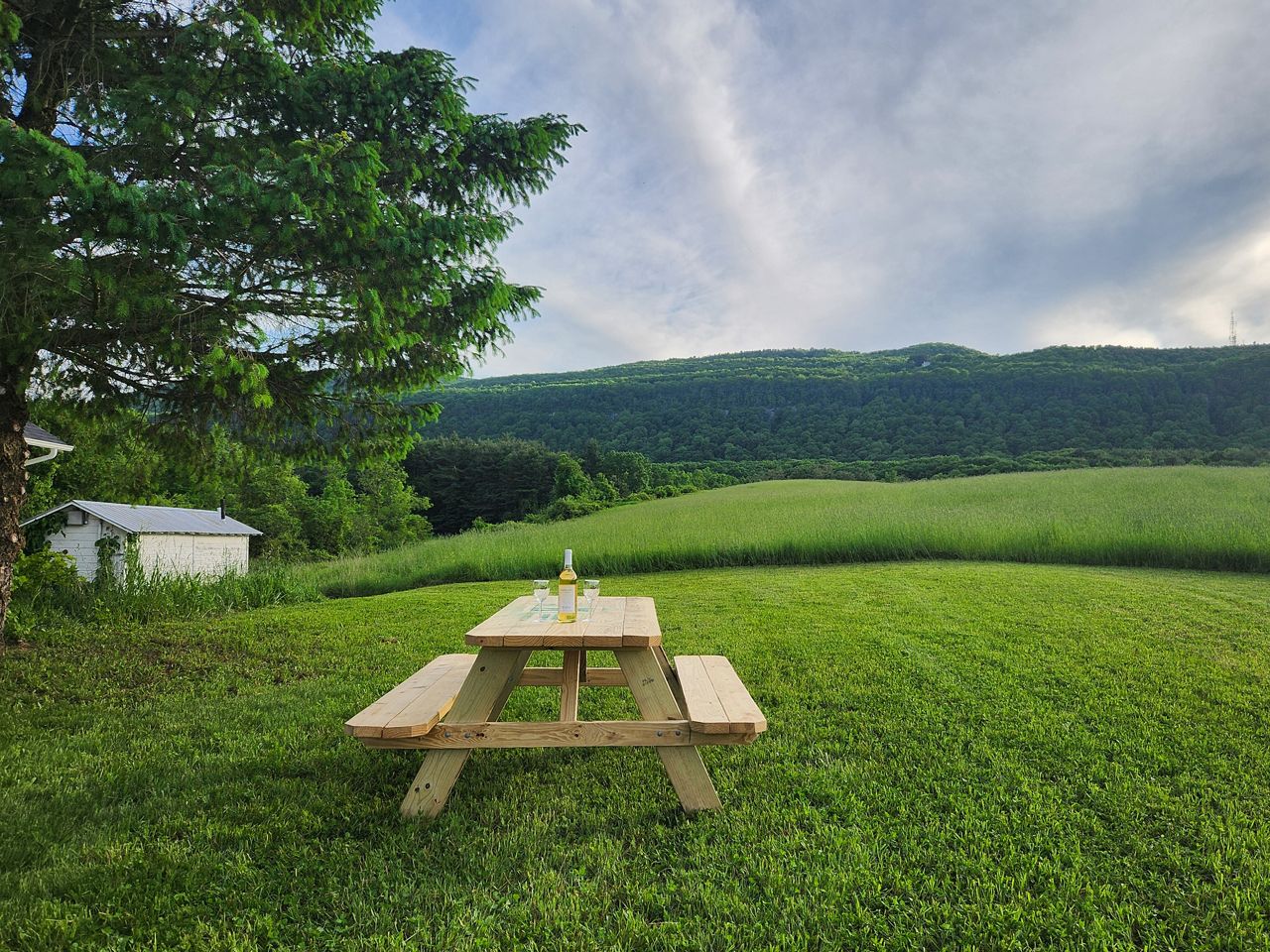
“The first settlers in New Amsterdam and New Netherlands — New York City and upstate New York — didn’t have apples or grapes to make wine from for about 150 years after they arrived,” Sheehan said.
So rather than using grapes, they used sap from birch trees.
“The recipe itself seems kind of odd in that it doesn’t contain any of the things that you would find in wine normally, but it produces a beautifully balanced beverage that is light, citrusy, very refreshing but also has a silky mouth feel to it,” Sheehan said.
The alcohol content is comparable to traditional wines at 11%. The first sip is strange, but the second and third smooth it out, he said.
“It is often used as a before dinner [drink], instead of pairing it directly with food but it goes well with lighter foods, something like a poultry appetizer or grilled salmon,” Sheehan said.
The idea of having it before dinner was one that Martha Washington suggested in her Booke of Sweetmeats, a collection of family recipes that included one for birch wine. She believed it stimulated a person’s appetite.

“It’s also great by itself, especially on a summer day when you want something light and something with a nice flavor but that isn’t overpoweringly thick. Something that will quench your thirst and at the same time, help you relax a bit,” Sheehan said.
The season for collecting birch sap started the first week of April and the process is similar to collecting maple sap for syrup, but unlike maple trees, the birch trees aren’t reliant on a cycle of freezing and thawing.

“Once the birch sap starts, it keeps going until it’s done so it doesn’t shut off at night the way maple does, and it starts right as maple ends. We start collecting when there’s usually a little snow on the ground still and when we’re done, the black flies are in the air,” Sheehan said.
The winery makes a limited amount of birch wine, but since they first made it in 2018, they have tripled their production and still can’t make it through the calendar year with a supply.
“We made three barrels this year, which is not a huge amount, but each barrel is about 275 bottles so that’s a fairly large number of cases that went out the door in a very big hurry,” Sheehan said.
Their original birch wine is a white wine that has a similar flavor to dry gin, but they also made a red birch wine this year with elderberries.
“Elderberry wines are very tasty but can be a little thin all by themselves and the additional silkiness of the birch sap really helps to enhance the flavor and the character of it,” Sheehan said.
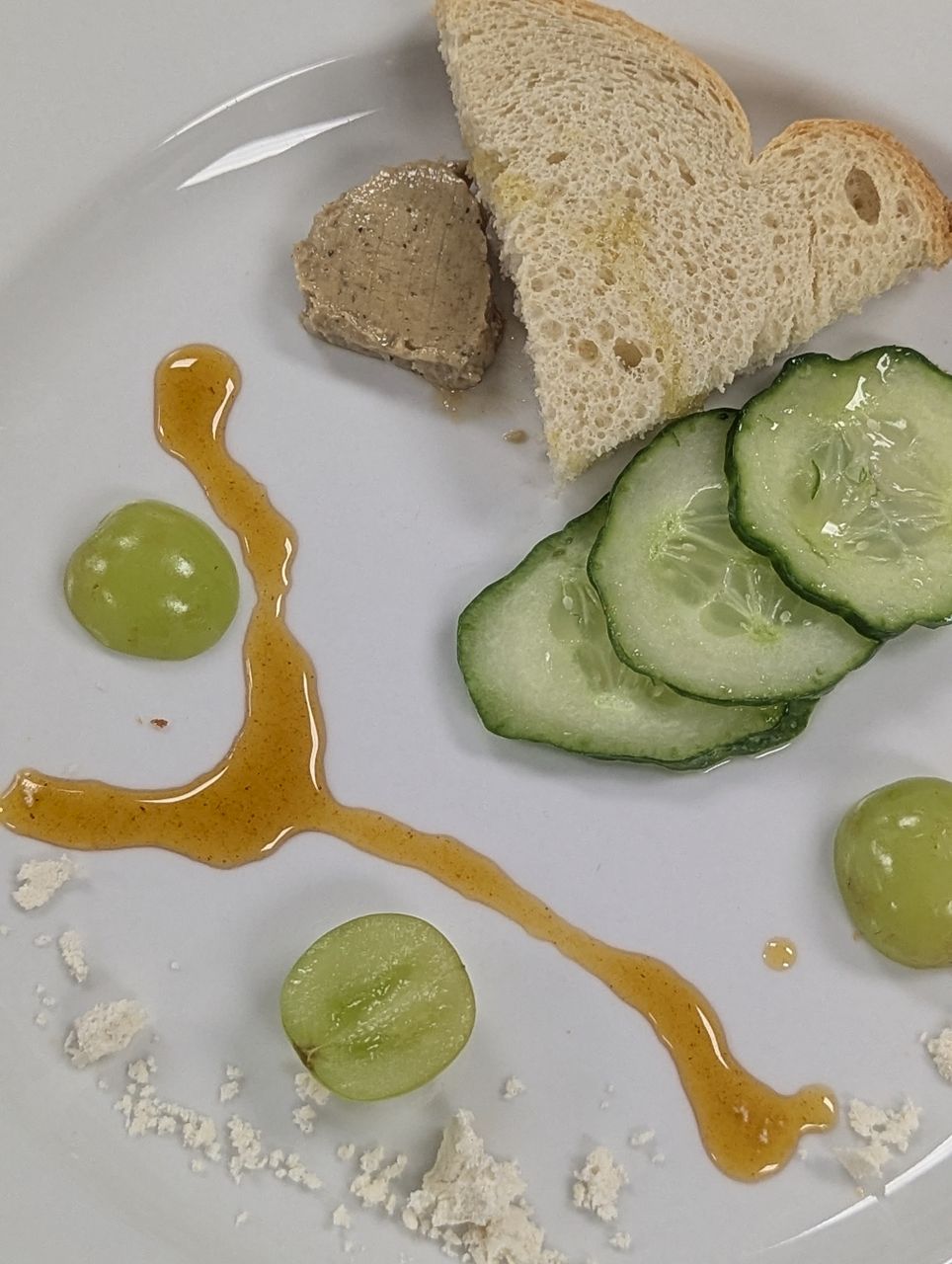
Matthew Bolton, a chef and culinary arts instructor at SUNY Adirondack, recently used Meadowdale’s birch sap wine along with three others as part of a collaboration dinner that paired four courses with four wines. The dinners are meant for students to learn about pairing unique beverages with foods that people wouldn't typically order.
“Meadowdale is the sole producer in America for this wine, and I’ll be honest, it was the first time I’ve ever had it,” Bolton said.
The first sip tasted like water and then the second and third brought out the light and refreshing flavors of citrus acid and juniper, he said. The wine was used during the first course of the meal.
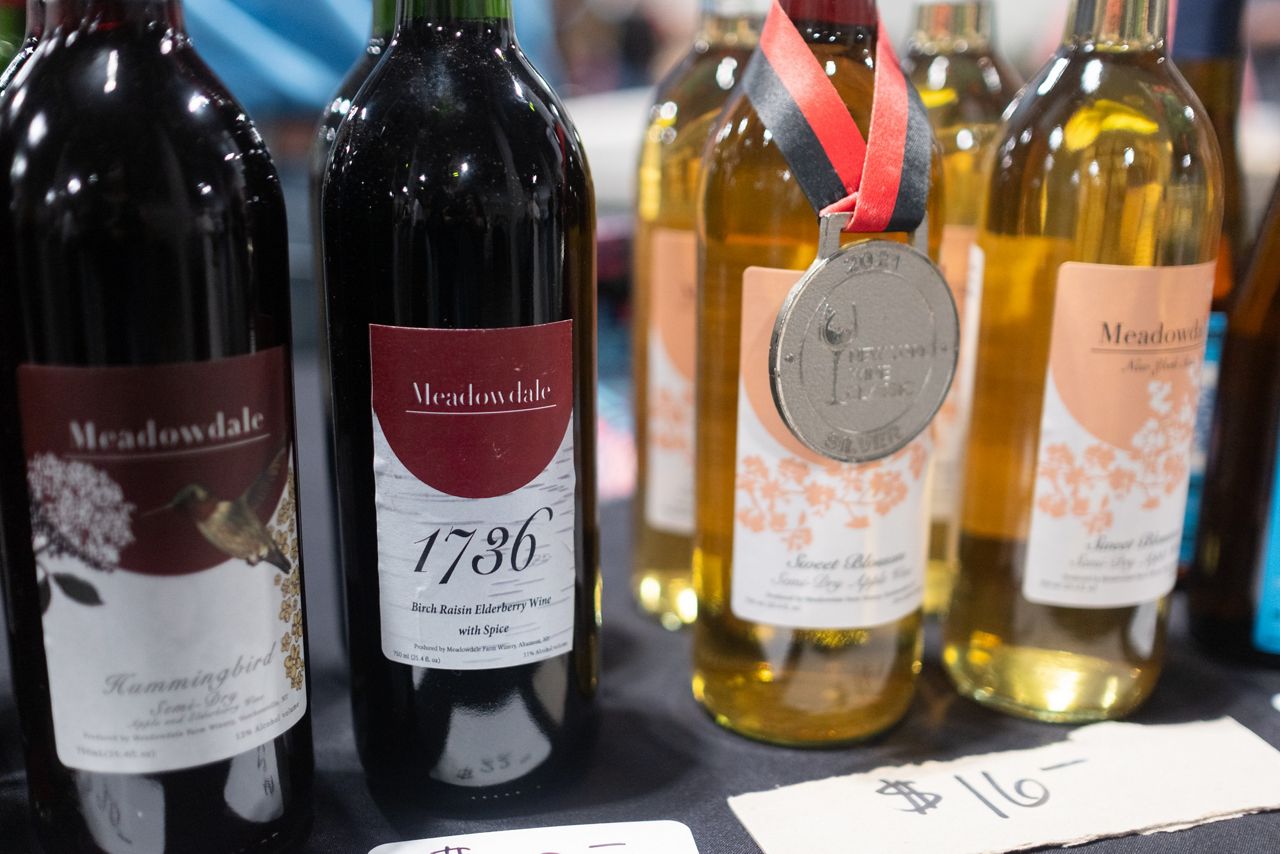
“You try to balance by comparing flavors or contrasting flavors, so I did a little bit of both. I did a torchon foie gras, and I always use Hudson Valley DuckFarm, which was the first foie gras in the U.S. in Ferndale, New York. So that’s very fatty, it’s almost like butter, but very gamey and earthy as well so I knew the acid would go really well with the foie gras,” Bolton said.
Foie gras, French for fat liver, is the liver of Moulard ducks that have adapted to storing energy as fat in their livers. With the foie gras, he served sauteed cucumbers, white grapes, and a gastrique made with juniper berries, he said.
“You had some fat, you had some sweet, salty, savory, acid, and it really, really worked well with the birch sap wine because it enhanced the natural sweetness and the natural acids just by comparing and contrasting certain flavors,” Bolton said.


